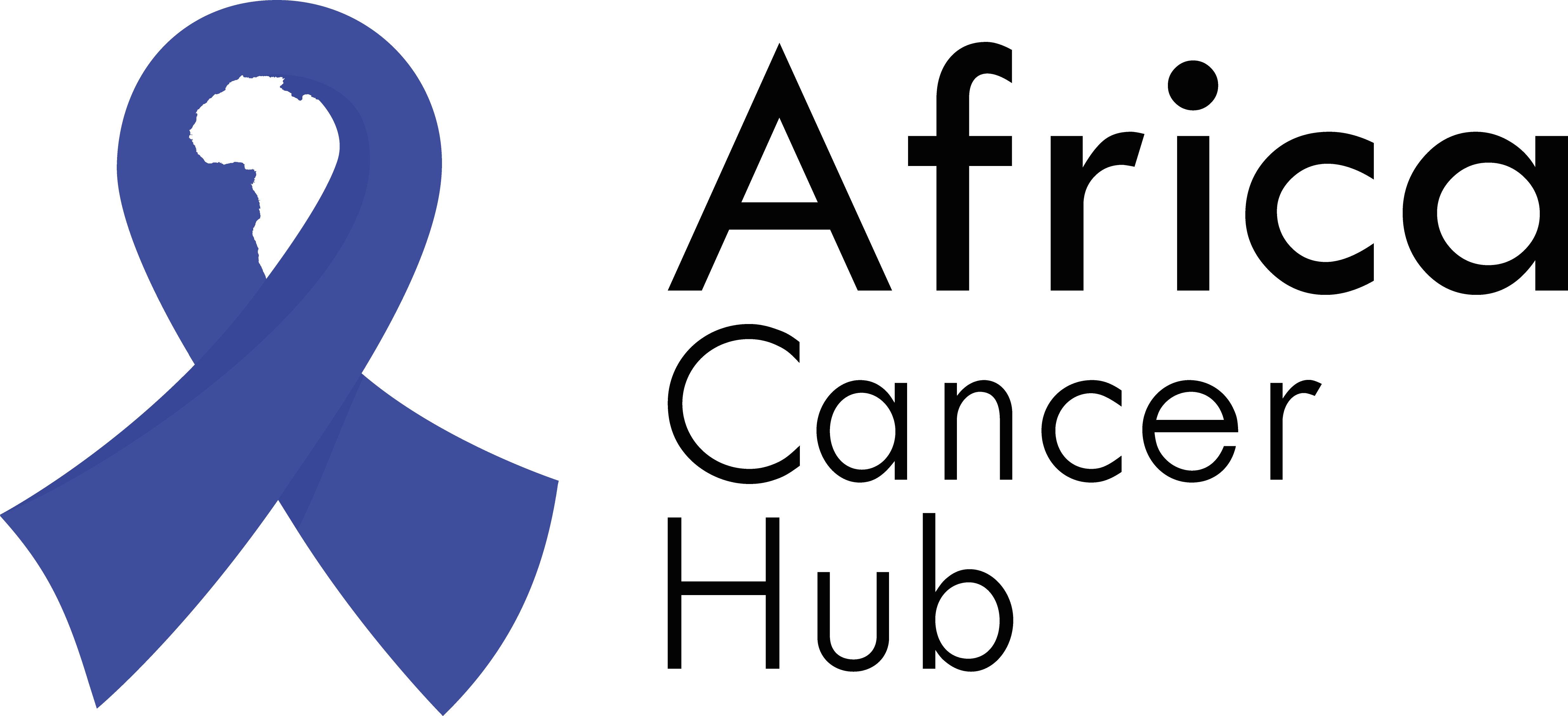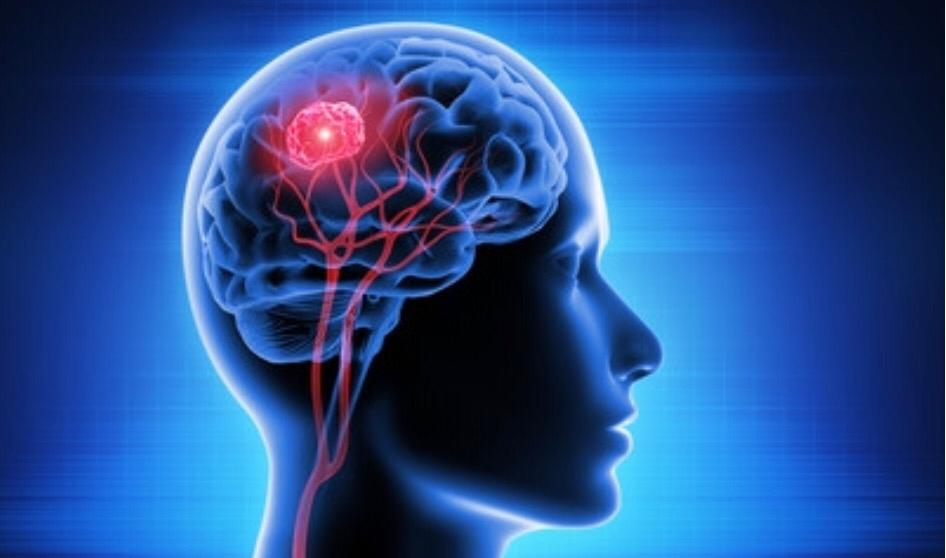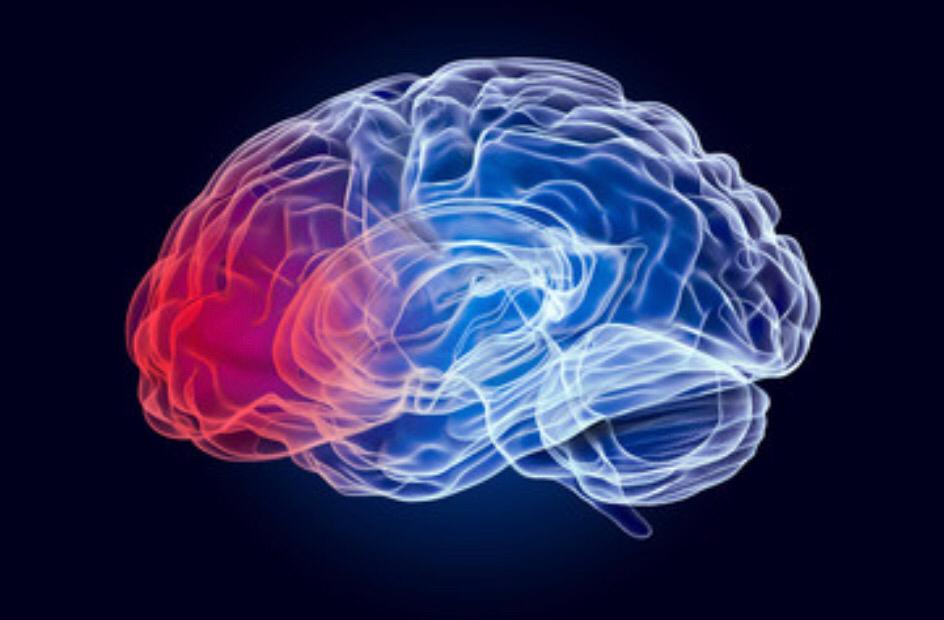The brain is an important organ in the body. It controls how we learn, feel, think and move including breathing.
A brain tumour is a growth of abnormal cells in the tissues of the brain. These cells can grow into tumours.
Brain tumours can be benign and malignant. They can also be classified into primary and secondary brain tumours. Primary brain tumours start in the brain while secondary or metastatic brain tumours are tumours that spread from other parts of the body
According to research, the incidence of brain cancer is increasing on a global scale. Africa was the only continent with the lowest number of patients of brain cancer. The research also concluded that Caucasians were more affected than African Americans. The death rate due to brain cancer in the African region is 2.1%
Types of Brain cancer
There are many types of brain cancer are usually named after the cell they develop from in the brain. They include:
Gliomas
More than half of primary brain tumours fall into this category. They start from the gluey supportive cells (glial cells) that surround nerve cells and help them function. There are three types of Glioma and they are Astrocytomas, Ependymomas and Oligodendrogliomas.
Acoustic Neuroma
It is a benign tumour that grows very slowly. Also called vestibular schwannoma, it starts from the main (cranial) nerve leading from the inner ear to the brain. Having a genetic disorder called Neurofibromatosis type 2 is a confirmed risk for getting acoustic neuroma. Each child of an affected parent has a 50-50 chance of inheriting it.
Meningioma
They start in the membranes that cover and protect the brain and spinal cord (the meninges) It is most common type of tumour that forms in the head. They are usually slow-growing tumours, but a minority may be faster growing.
Medulloblastoma
This cancerous tumour, is a type of embryonal tumour, that develops in the lower back part of the brain, called the cerebellum. It is most common in children, though some adults could get it.
Pineal region tumour
They are rare brain tumours that start in the pineal gland or the tissues around it. Types of pineal region tumours include pineal gland tumours and germ cell tumours
Spinal cord tumours
These are very rare tumours that start in the spinal cord and include meningiomas, tumours of the spinal nerves and ependymomas.
Haemangioblastomas
These are rare benign tumours that start cells lining the blood vessels in the brain. Most of them start in the back of the brain.



